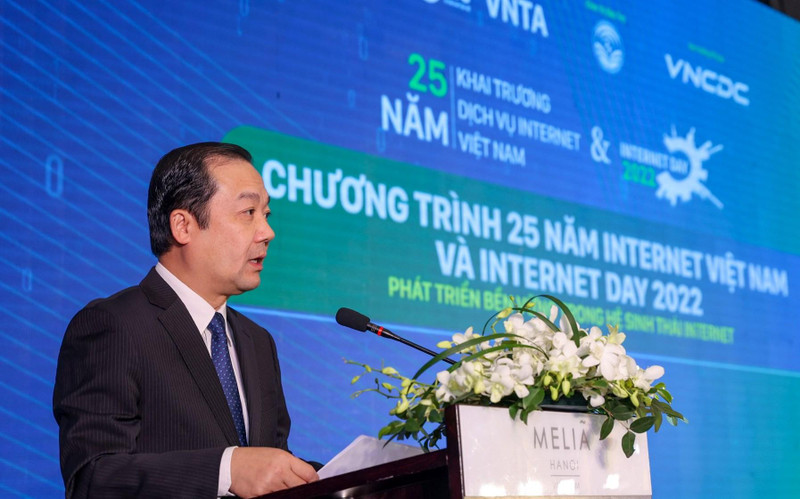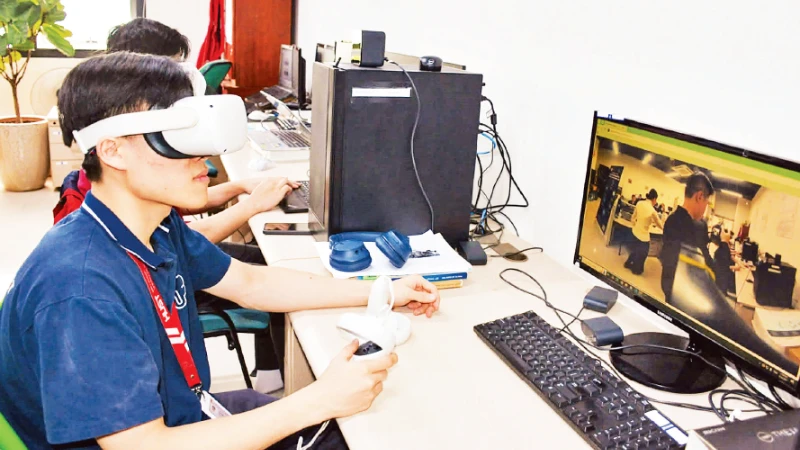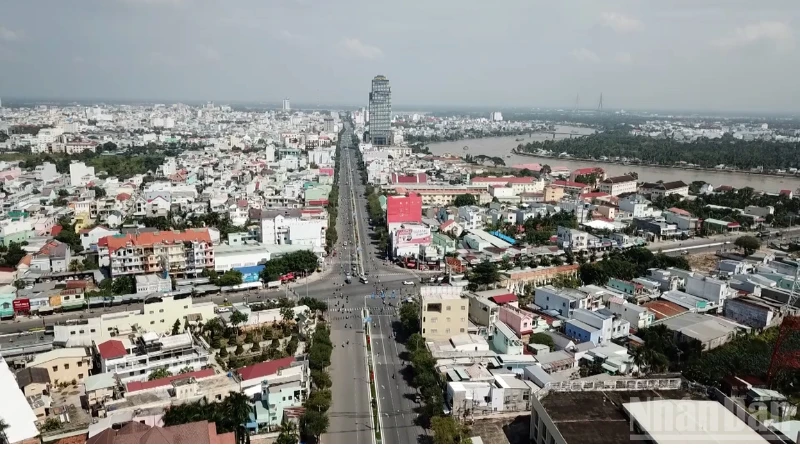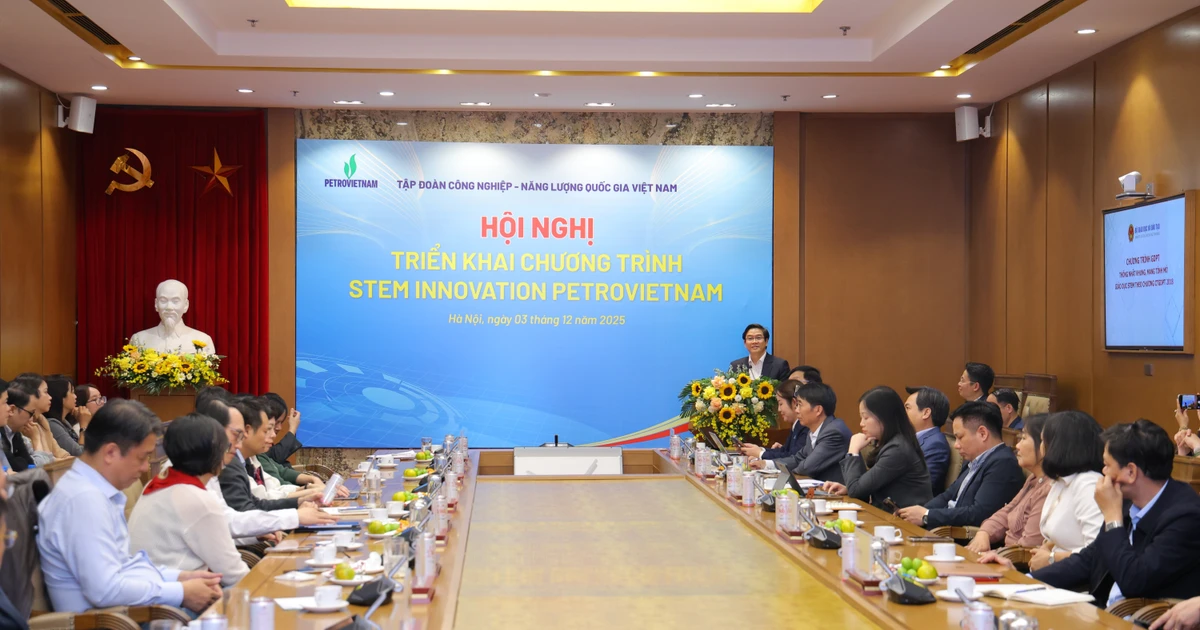During an event marking 25 years of internet connection in Vietnam and Internet Day 2022 in Hanoi on December 7, Long said since the launch of the internet 25 years ago, Vietnam has become a telecom powerhouse, catching up with other countries in the region and the world.
By 2025, Vietnam targets building the most advanced digital infrastructure in ASEAN. By 2030, 5G mobile services will cover the whole country, enabling everyone to access broadband internet services at a low cost, he said.
At present, more than 73.2% of the Vietnamese population use the internet daily, ranking 13th globally. Mobile broadband infrastructure covers 99.73% of hamlets and villages nationwide. Optical cables are available in all communes, wards and townships, 91% of villages and all schools. As many as 94.2 million mobile phone subscribers use smartphones while there are over 82.2 million mobile broadband subscribers.
Chairman of the Vietnam Internet Association (VIA) Vu Hoang Lien said the internet has transformed from the communications infrastructure into a digital infrastructure as part of the digital economy for all industries and businesses, encompassing infrastructure for broadband telecommunications, cloud computing, the Internet of Things infrastructure, digital services and platforms.
Deputy Director of the Vietnam Internet Network Information Centre (VNNIC) Tran Thi Thu Hien said Vietnam currently has over 564,000 domain names ".vn", ranking second in ASEAN and among the top 10 in the Asia-Pacific region. Vietnam is placed among the top 20-30 countries globally for the use of Internet Protocol (IP) addresses. The IPv6 application rate in Vietnam has reached 53% with more than 50 million users. Vietnam is among the top 10 countries in the world for IPv6 transition.
She added that in the next period, the internet will be used for management, hence, the sector needs to build modern and widespread infrastructure to protect data inflows and incorporate the internet into socio-economic development activities.
The event was co-hosted by the Ministry of Information and Communications’ Vietnam Telecommunication Authority, the VNNIC and the VIA.
















